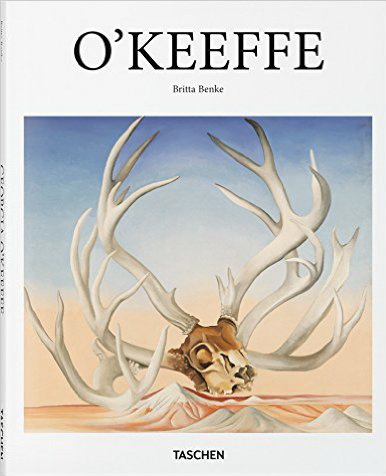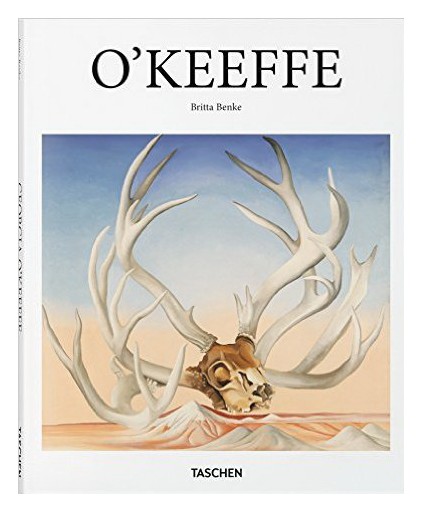-
Книги
- Нонфикшн
- Гуманитарные науки
- Деловая литература
- Естественные / Точные науки
- Книгоиздание
- Лайфстайл
- Словари / Энциклопедии
- Художественная литература
- Детектив
- Драматургия
- Классическая проза
- Мифология. Эпос
- Поэзия
- Собрания сочинений
- Современная художественная проза
- Фантастика. Фэнтези
- Биографии / Мемуары
- Графические романы / Комиксы
- Детские книги
- Воспитание. Педагогика
- Детский досуг
- О детских книгах
- Познавательная литература
- Художественная литература для детей
- Журналы / Зины
- Архитектурные
- Гуманитарные
- Журналы о моде
- Зарубежная периодика
- Искусство / Фотография
- Кино / Театр
- Лайфстайл
- Книги «Подписных изданий»
- Книги на иностранных языках
- Английский язык
- Испанский язык
- Итальянский язык
- Книги на иностранных языках для детей
- Немецкий язык
- Финский язык
- Французский язык
- Шведский язык
- Книги о кино
- Книги о музыке
- Книги о средневековье
- Книги о театре
- Книги о фотографии
- Книги об искусстве / Книги об архитектуре
- Альбомы по искусству
- Архитектура
- Декоративно-прикладное искусство
- Живопись
- Искусствоведение
- Орнаменты
- Прочее
- Танец
- Татуировка
- Творческое развитие
- Книги по философии
- Кулинарные книги
- Николай Солодников рекомендует
- Предзаказ
- Про дизайн / Про моду
- Путеводители / Книги о путешествиях
- Канцелярские товары
-
Подарки
- Брошки и значки
- Гирлянды
- Закладки
- Игры
- Календари
- Наклейки
- Наши сувениры
- Открытки
- Всякие-разные
- Наборы открыток
- Поздравления
- Про любовь и другие хорошие чувства
- С писателями и поэтами
- С цветами, овощами и фруктами
- С цитатами и другими фразами
- Подарочные сертификаты
- Постеры
- Прочее
- Сумки и шоперы
- Упаковка
- Подарочные сертификаты
Адрес магазина: Санкт-Петербург, Литейный пр., 57
O'Keeffe
| Автор | Britta Benke |
|---|---|
| Издательство | TASCHEN |
| Год издания | 2016 |
| Переплет | Твёрдый |
| Страниц | 96 |
| Формат | 210x260 мм |
| Язык | Английский |
| ISBN | 978-3-8365-4231-9 |
| Серия | Basic Art |
| Артикул | 1075595 |
Georgia O’Keeffe (1887–1986) was a major figure in modern American art for some seven decades. Importantly, her fame was not associated with shifting art styles and trends, but rather with her own unique vision, based on finding essential and abstract forms in nature.
O’Keeffe’s primary subjects were landscapes, flowers, and bones, each explored in successive series over several years. Certain works went on for decades, producing 12 or more variations of an original image. Among these, O’Keeffe’s magnified pictures of calla lilies and irises are her most famous. Enlarging the tiniest petals to fill an entire canvas, O’Keeffe created a proto-abstract vocabulary of shapes and lines, earning her the moniker “mother of American modernism.” In 1946, O’Keeffe became the first female artist to be given a solo show at the MoMA in New York.
O’Keeffe’s primary subjects were landscapes, flowers, and bones, each explored in successive series over several years. Certain works went on for decades, producing 12 or more variations of an original image. Among these, O’Keeffe’s magnified pictures of calla lilies and irises are her most famous. Enlarging the tiniest petals to fill an entire canvas, O’Keeffe created a proto-abstract vocabulary of shapes and lines, earning her the moniker “mother of American modernism.” In 1946, O’Keeffe became the first female artist to be given a solo show at the MoMA in New York.
Подписка на рассылку
Раз в месяц будем присылать вам обзоры книг, промокоды и всякие-разные новости




